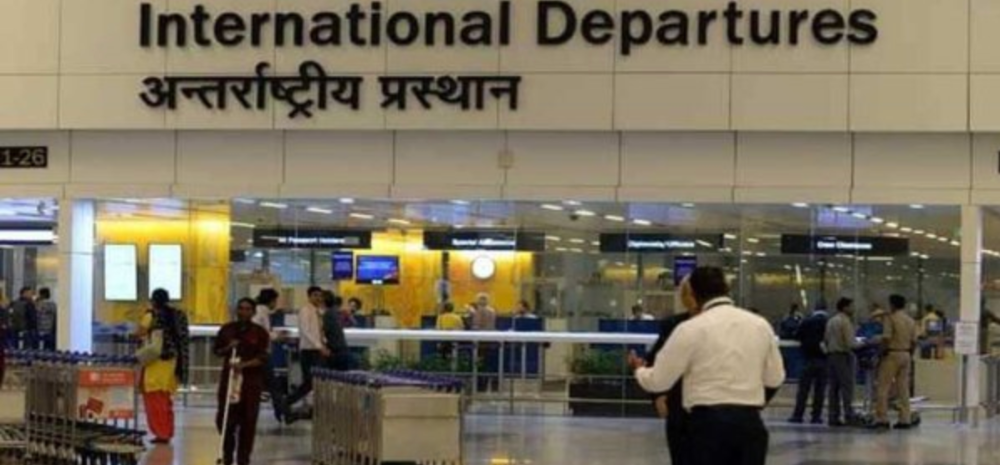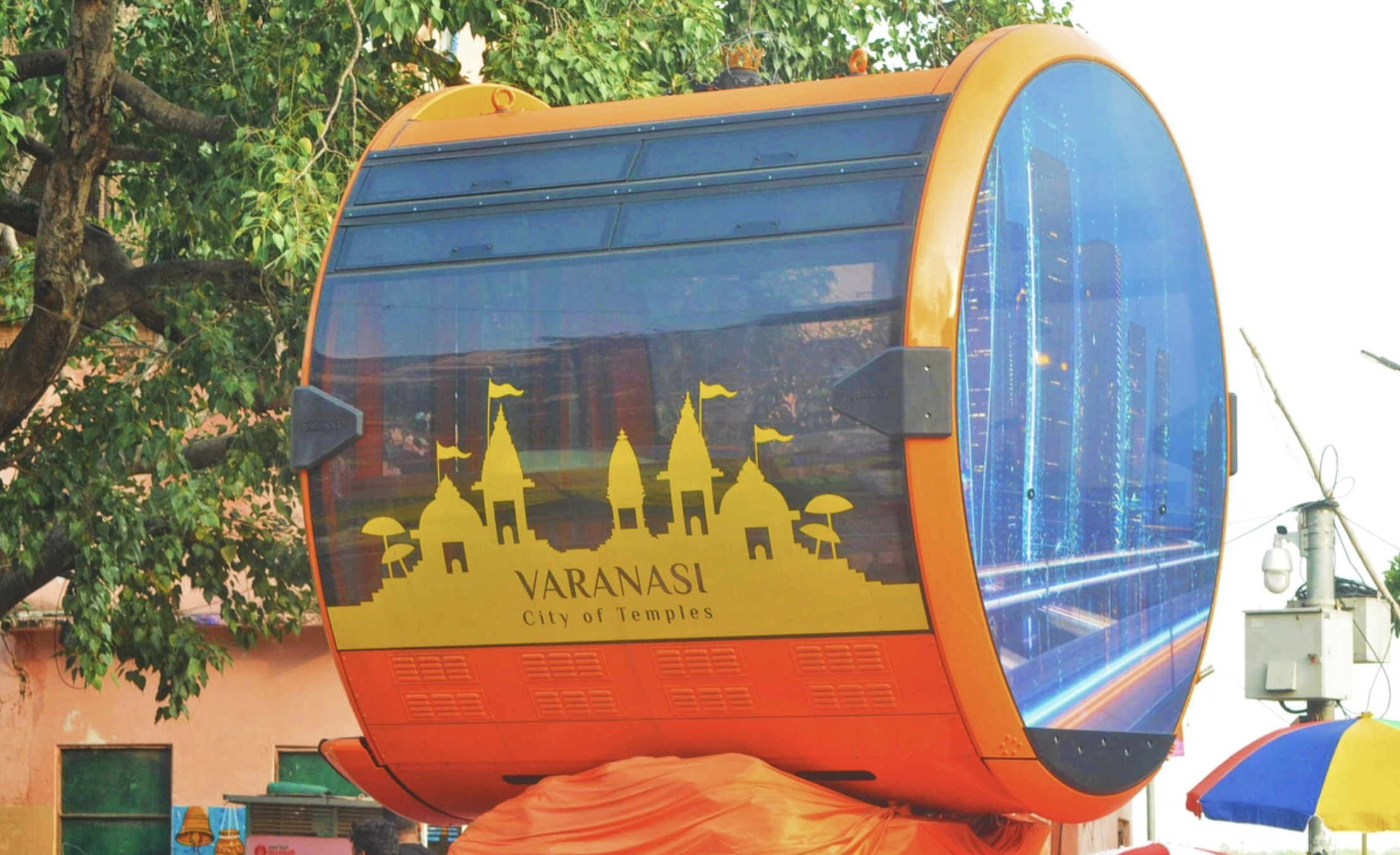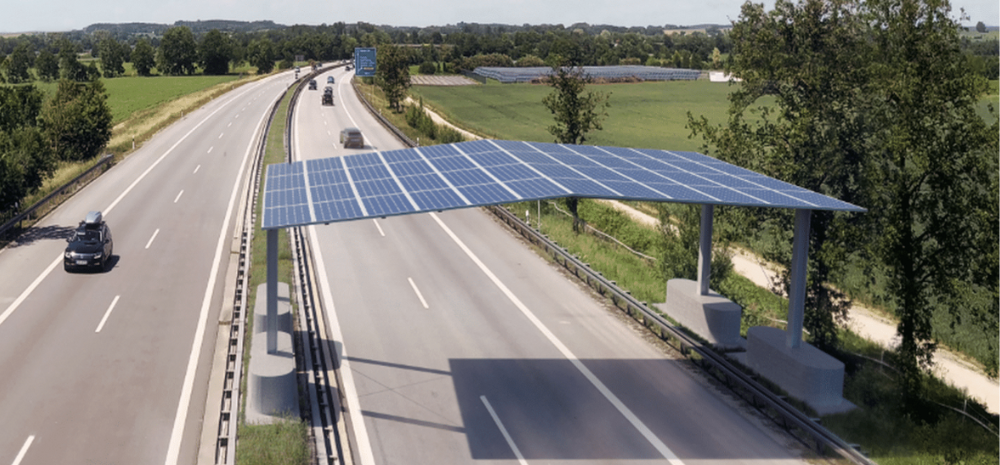To expedite the process of entering or departing the nation, India plans to expand the number of personnel at its main airports and streamline immigration regulations.

The goal of the government is to transform Indian airports into major transit hubs for South Asia by implementing the concept of confluence of flights.
India To Expedite Process of Entering or Departing The Nation
Even if there is a layover, passengers flying internationally on connecting flights under the same ticket number (PNR) will be able to finish customs and immigration processes at both the initial and final points of departure.
At the moment, travelers who are stopping in Delhi on their way from Bengaluru to San Francisco must finish their immigration process there.
In a similar vein, travelers from San Francisco to Bengaluru who have a stopover in Delhi must finish with immigration and customs processing there before rechecking for the remaining portion of their route to Bengaluru.
Due to the lengthy nature of this process, airlines are forced to maintain lengthy connection times, which hinders effective operations.
Travelers To Finish Immigration At Initial Or Ultimate Destination
A proposal that would allow travelers to finish immigration at their initial or ultimate destinations instead of at intermediate sites is being considered by the administration. With this adjustment, immigration personnel at large airports like Mumbai and Delhi will have less work to do.
It will be beneficial to have more immigration officers and counters at these airports, but distributing the work more evenly will conserve resources.
Airlines utilize hubs to focus passenger flow; they act as transfer points and let passengers get to their destinations over a vast flight network.
The minister of civil aviation, Jyotiraditya Scindia, met with representatives of the Bureau of Immigration to talk about new technology, airport interior design, and potential regulatory changes aimed at accelerating immigration and security procedures for visitors from overseas.
Major airports like Delhi and Mumbai, together with Air India and IndiGo, have requested the streamlining of regulations and procedures in order to augment the number of international flights. According to Delhi Airport CEO Videh Kumar Jaipuriar, the facility uses artificial intelligence to analyze passenger profiles and control immigration staff’s workloads.
To relieve the burden on immigration officers, the airport installed more biometric machines after noticing an increase in first-time travelers using e-visas. During peak hours, the maximum immigration time is fifteen to twenty minutes.
Seventy of the 470 aircraft that Air India has bought are long-range models. With the goal of joining the long-haul market in 2027, IndiGo has placed an order for 30 long-range aircraft. Air India anticipates doubling the proportion of foreign travelers passing through Indian airports while traveling abroad.
The percentage of foreign travelers using Air India aircraft to transit through India has increased to an average of about 4% from 0.5% in the past, and it is predicted to reach 10% in the next five to ten years.












